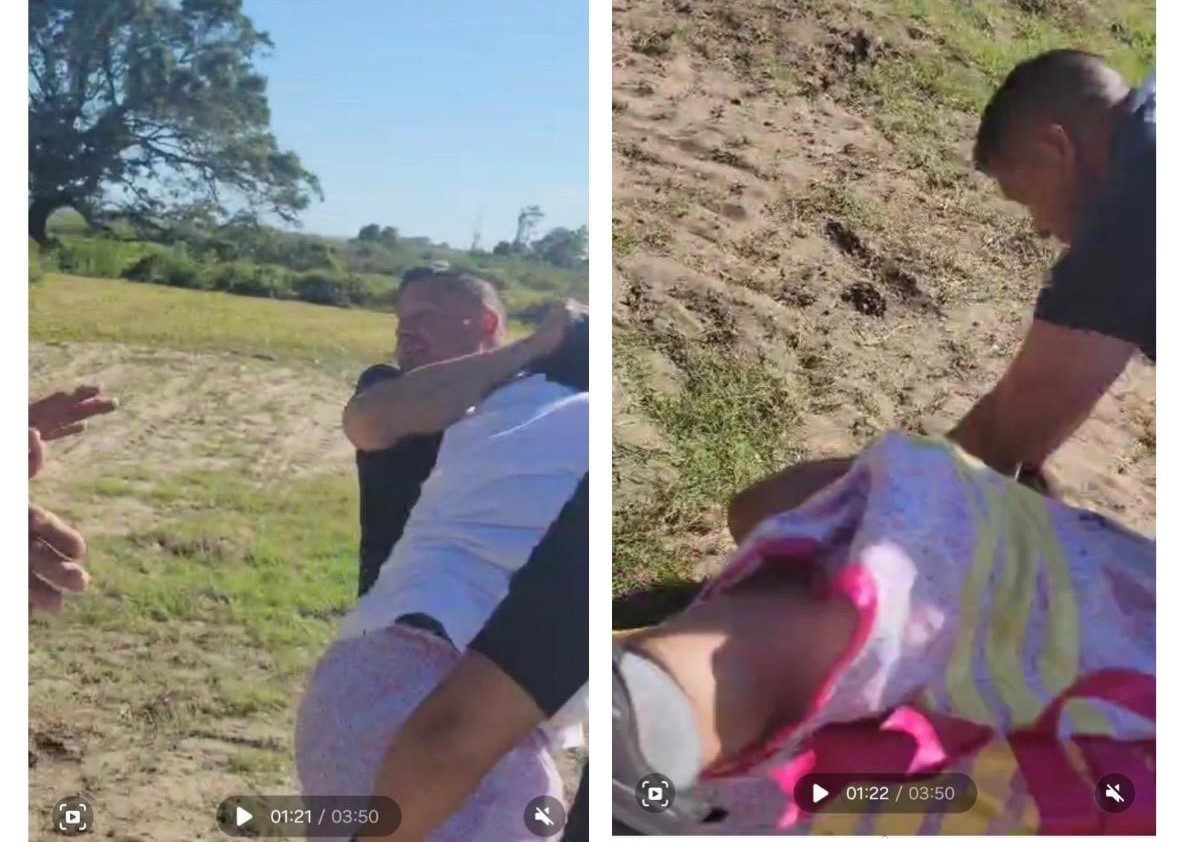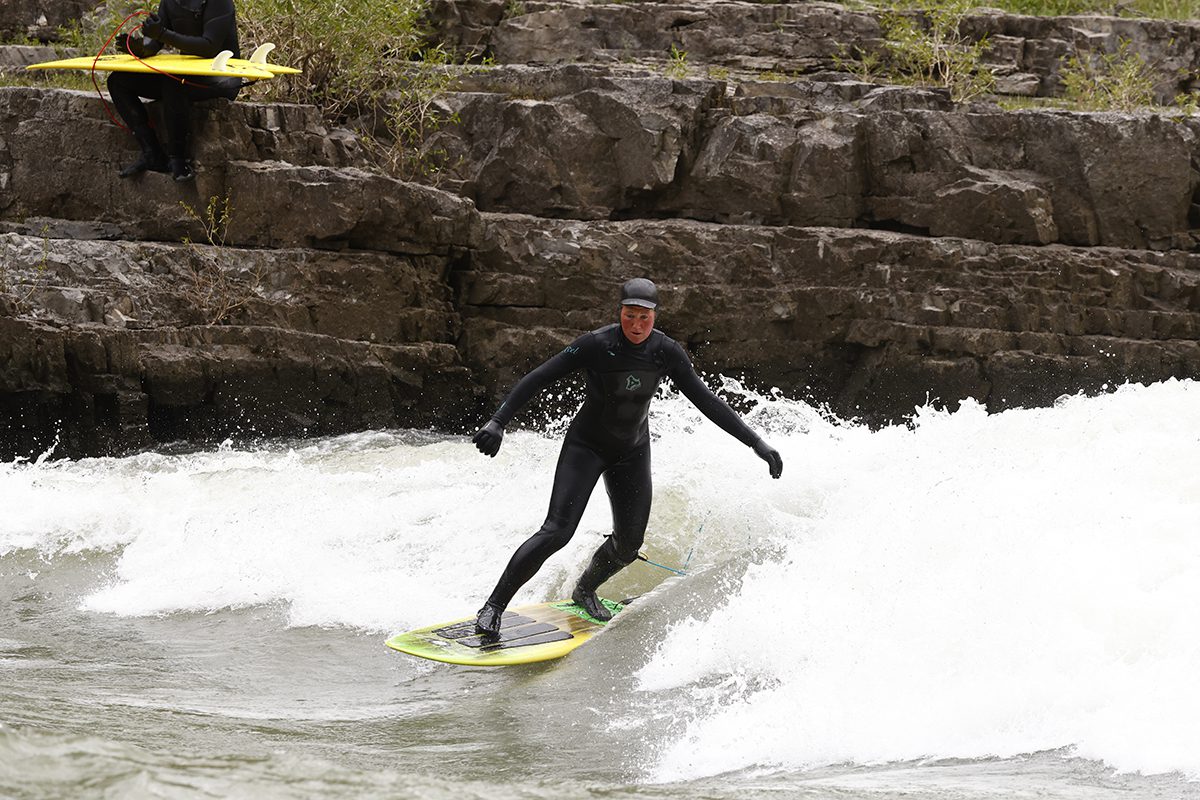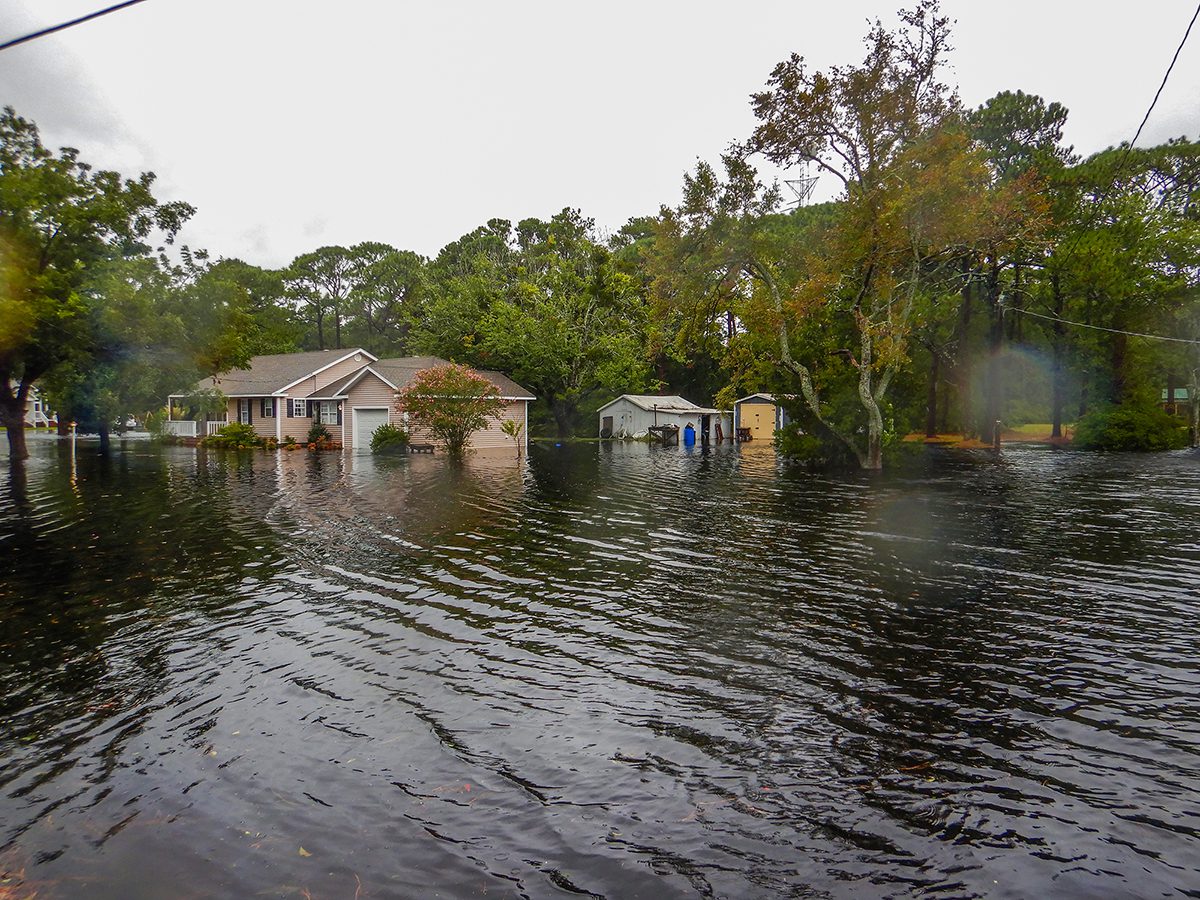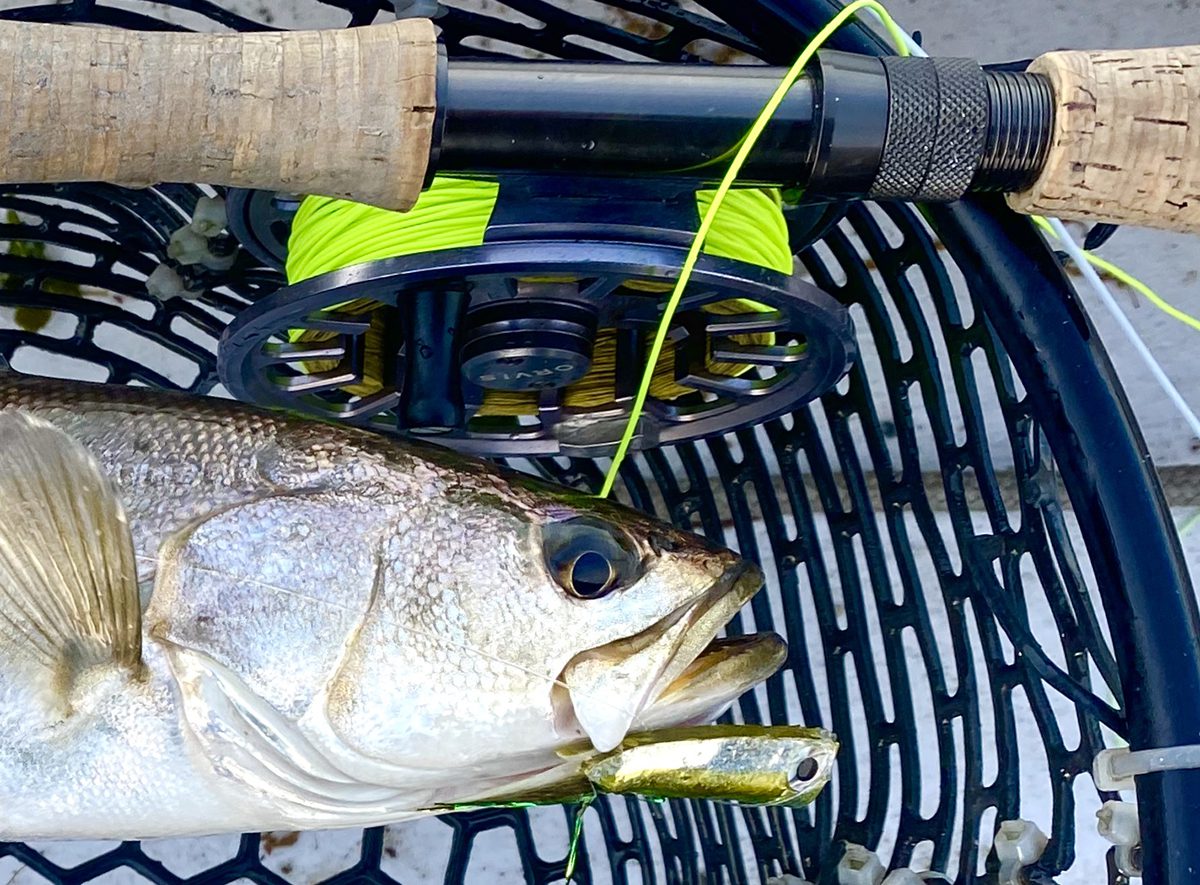
The speckled trout is among the most popular fish coastal North Carolina anglers pursue, and my favorite way to fish is with a fly rod.
I have not written much about fly fishing here, but this is a good time to address it because the trout are on the move and big fish are being caught. Just remember that fly fishing may not be the most efficient way to catch a lot of these fish, but we do it, as Thoreau said, because we wish to live deliberately with only the essential facts of life and get in touch with nature and ourselves in ways that other forms of fishing may not accomplish.
Sponsor Spotlight
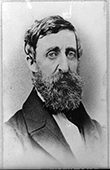
I went to the woods because I wished to live deliberately, to front only the essential facts of life, and see if I could not learn what it had to teach, and not, when I came to die, discover that I had not lived. -- Henry David Thoreau
It’s kind of like bass bugging. I’ll use the trolling motor on my skiff and set it to the slowest speed. Cast a Deceiver or similar baitfish pattern. Use an all-around type floating or intermediate (slow-sinking) line and cover water in a 45-degree pattern to the shoreline. They won’t necessarily be up in the shoreline cover like bass, but one or two might be. If you find the fish and they are active, the better way to target the bigger ones is with a topwater. My favorite is the Crease Fly. I’ve caught numerous over 4 pounds this way.
Pretty “speck-tacular” to see a 25-inch trout roll up on a popper.
Sponsor Spotlight
I spend a lot of time during the summer poling or trolling motoring 2- to 5-feet-deep eel-grass flats. It’s really enjoyable to fish a dog-walking style plug and cover a lot of water, but what I’m really doing is looking for fly rod opportunities.
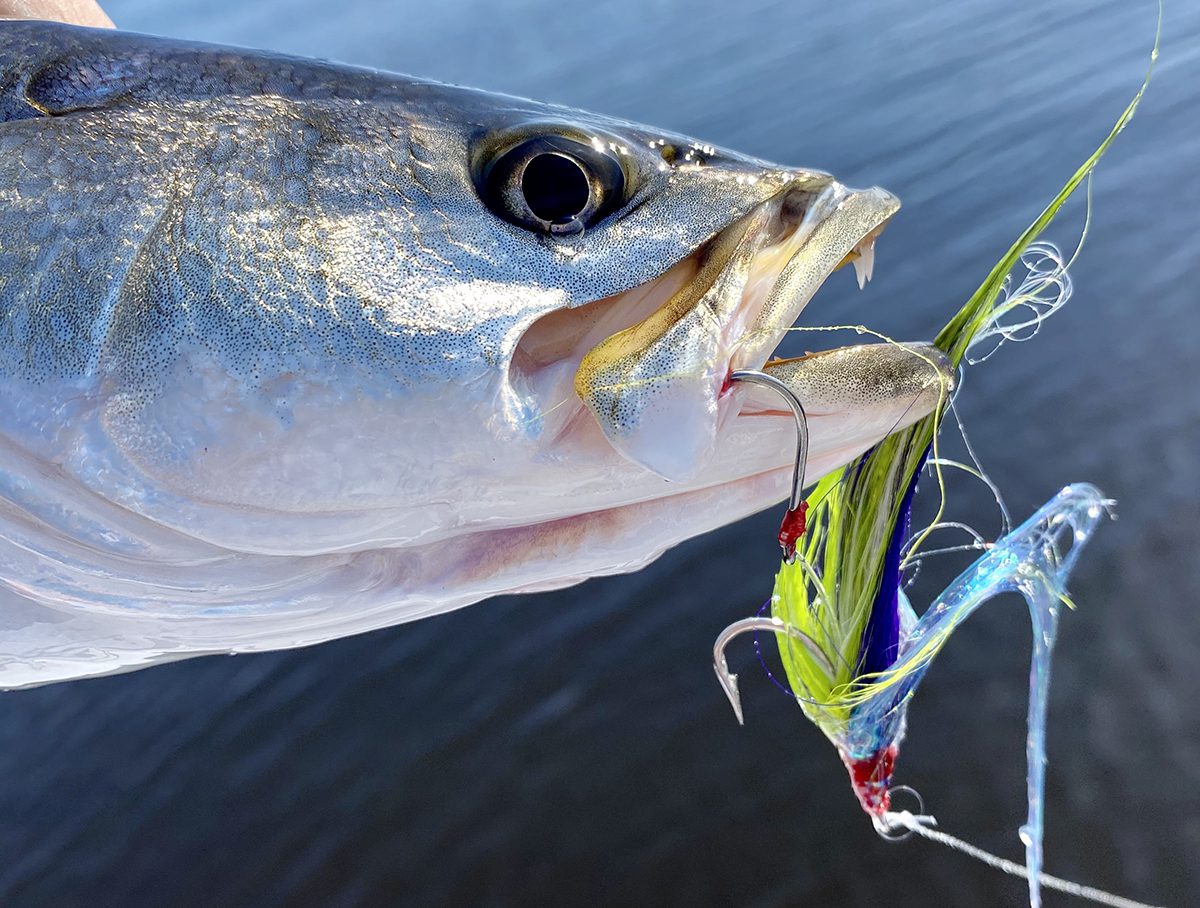
The waters around here aren’t as clear as you’ll find in Florida or along the Gulf Coast, so I find the fish first with plugs, then come back with a fly rod. If there is a concentration of trout, I will position my skiff favorably for presentation. You want to quietly move the boat so the wind is behind you and off your nondominant shoulder then quietly drop anchor astern, so you can cast from the bow and have more room to work.
A fly that makes a little noise will get their attention. There is so much food for them in summer that your fly has to stand out. Use a flashy streamer that wiggles a lot. I find that a fly with a trailer hook will get more solid hookups. I add trailer hooks to all the flies I plan on using for trout by using an offset shank hook as the trailer and attaching it with a snell knot. Make sure you tie it well. There are huge fish on these flats.
In places with extremely clear water — you may need to travel to Florida or Texas for this option but there are opportunities in North Carolina that I have been sworn to secrecy on — we can sight fish for big trout in the traditional manner. Pole the edge of grass flats in a super shallow draft, and super quiet skiff. The trick here is to be able to see the fish before they see you.
In some places you will see the biggest trout you’ve ever laid eyes on as it slowly swims away. You can try a shot at that one, it won’t spook, per se, but it probably won’t eat either. You’ll want a leader of at least 10 feet, a fly that doesn’t make much of a sound when it hits the water, a sharp-eyed friend on the poling tower, or a guide who specializes in this exact type of fishing. Be ready to cast accurately to a distance of at least 60 feet and drop your fly 8 to 10 (or more?) feet in front of her. You won’t get a lot of chances. It’s difficult, but in the right locations, there are gator trout swimming shallower than you’d imagine.
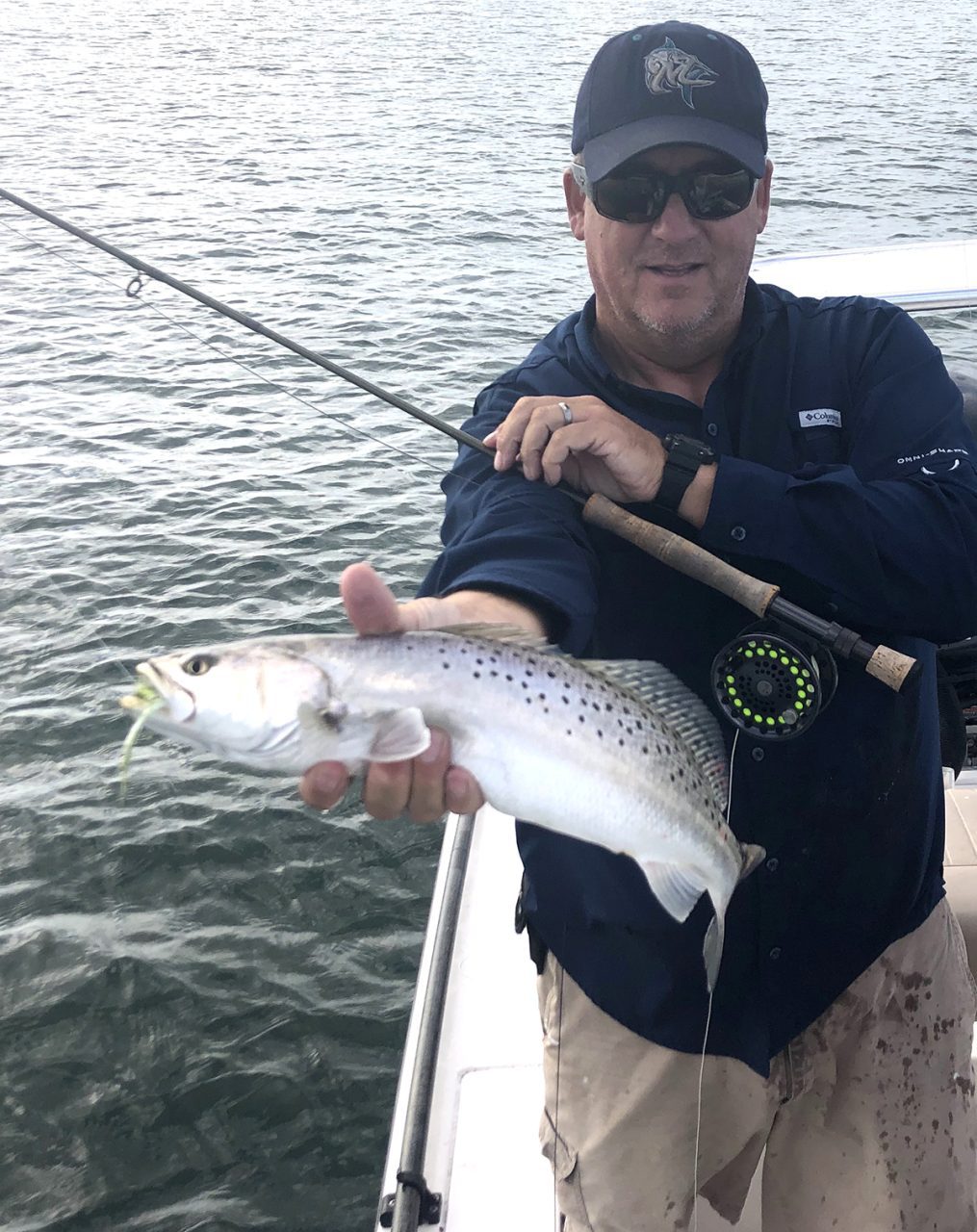
All along the Atlantic Intracoastal Waterway, from Albemarle Sound to the Shallotte River, there are boat docks with lights on them. Search them out at dusk or early morning, and then go back late at night. This is the place to have a real chance at the very largest speckled trout you can ever get on a fly rod. You should be heading out to fish while other people are getting ready for bed.
Find a dock with access to deeper water and good current running along it with a bright white light shining into the depths or a green light shining from below. This will attract shrimp and small baitfish. You’ll know if it’s worth fishing before you even start casting. The sound of feeding trout is like a popping champagne cork.
The biggest trout I catch every year on fly come from fishing under dock lights. I have a couple different shrimp flies I like that I save for when I see big shrimp being chased around. Most of the time I’ll use a size 2 all-white baitfish imitation. If the current is running fast and the fish are feeding deeper, use an all-white Clouser Minnow.
You may be tempted to fish with a lighter rod, such as a 6 or 7-weight, but stick to the 8 and use a 20-pound tippet. The only 8-pound trout that I’ve ever seen personally was caught in my boat by a friend fishing with me at night. That’s a legitimate monster, and if you want to catch one like it on fly, you need to be prepared when she shows up.
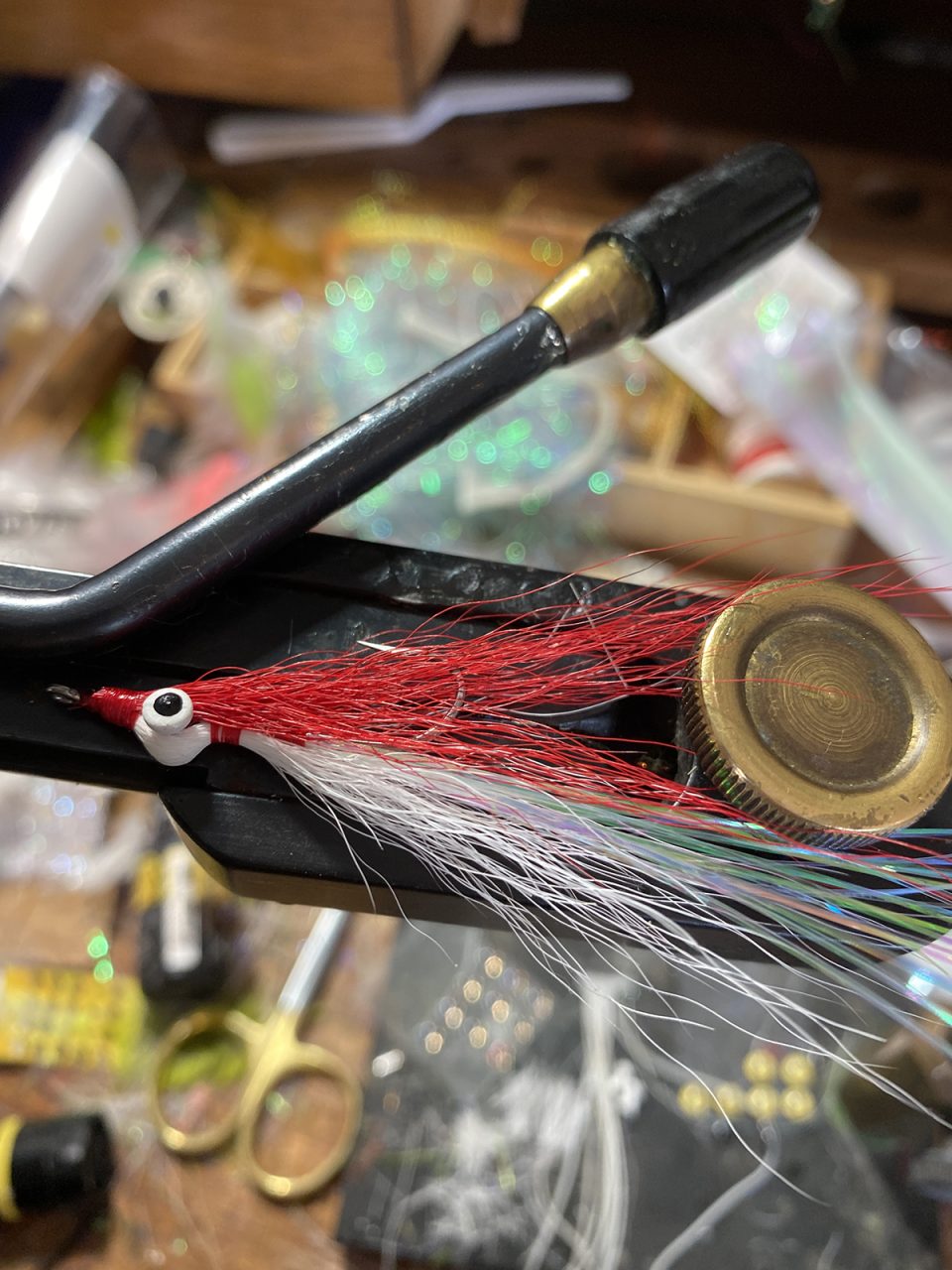
In the fall, speckled trout will gather into big schools and move into deep channels. This is the only time some guys around here will ever catch a trout at all. The fish might be migrating to southern waters or just to wintering over creeks. This creates a situation where lots of trout will be in known spots. The water will be deep, often over 10 feet, and the current will be swift, I will use an eight-weight rod with a 350 grain Depth Charge (fast sinking fly line) combined with a Clouser Minnow in red over white, chartreuse over white or any other popular color combinations that people use with jigs.
Anchor your boat in the channel and swing your fly down to them similar to if you were fishing for salmon in a stream. The strikes will come on the swing. Sometimes they will annoy you by short striking. Remedy this by using the flies you already have with stinger hooks.
This is a great time to catch a lot of fish in a relatively short time. When you find them, you can get a strike on almost every cast. Don’t keep more than you need. Coolers fill quickly this way.




